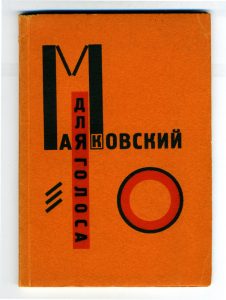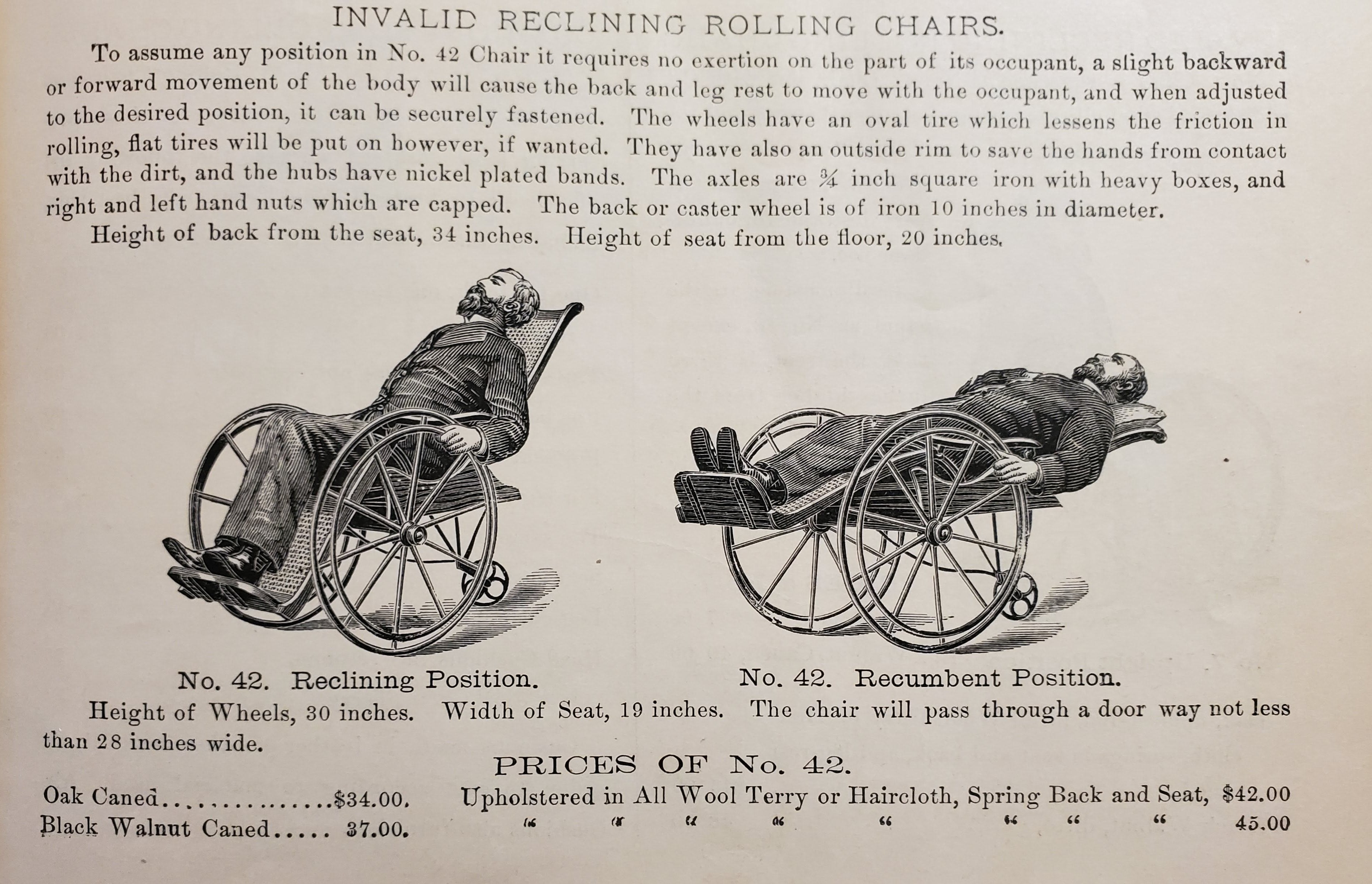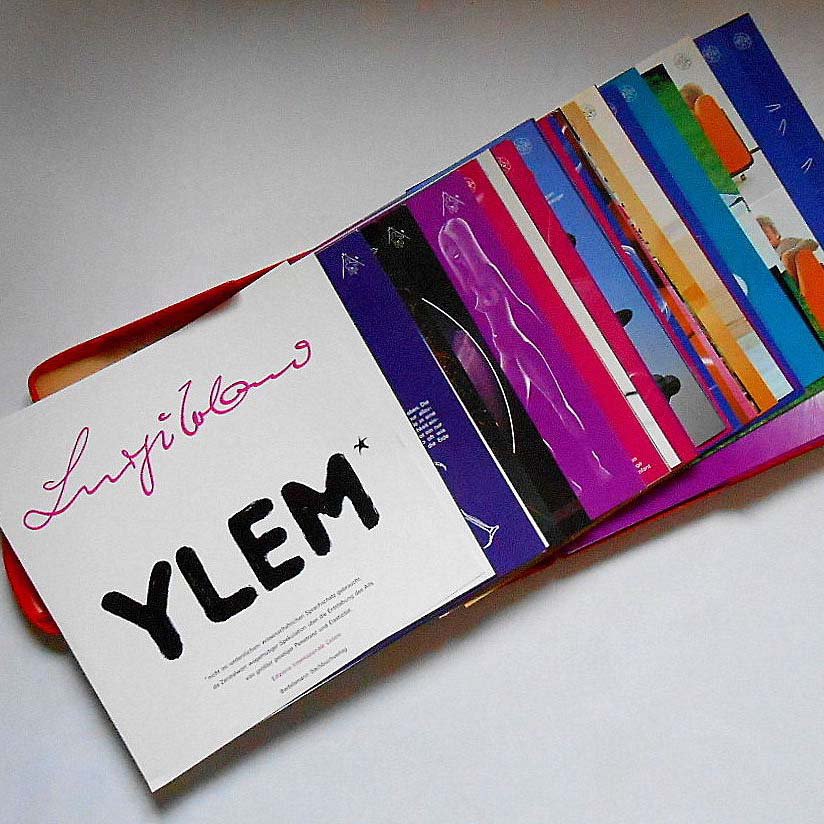By Adrienne Meyer and Stephen Van Dyk Among the more than half a million pieces of trade literature held at Smithsonian Libraries, the Cooper Hewitt Museum Library’s Geo. F. Sargent’s more »
Tag: design
Cooper Hewitt Design Camp offers week-long immersions in the latest advances in design. Guest designers share their problem-solving strategies and engage campers in fun, real-life design challenges. Campers master a more »
This post was contributed by Evelyn Meynard, graduate student in the History of Design and Curatorial Studies program offered jointly by the Parsons School of Design and the Cooper Hewitt Smithsonian Design Museum, and Elizabeth Broman, Reference Librarian, Cooper Hewitt Smithsonian Design Library.
All incoming students in The New School Parsons History of Design and Curatorial Studies (MA) Masters’ Degree Program at the Cooper Hewitt, Smithsonian Design Museum take an object and research based class called Pro-Seminar. This course trains students in conducting formal analyses, writing catalog entries, and making visual presentations that require students to conduct and integrate primary and secondary source research. The Cooper Hewitt Library regularly collaborates with faculty and students, providing research resources, curriculum consultation and Special Collections presentations for classes. Selecting one work from the Cooper-Hewitt collection to study during the semester, that ”work” can be a book from the Cooper Hewitt Design Library presented by staff during curatorial orientations.
Design is for public consumption. Its process is collaborative and frequently involves many iterations of an idea before the best solution is found. This is why contests in design come about so naturally. Design competitions date all the way back to 448 BCE when the city of Athens decided to construct a war memorial on the Acropolis. This decision followed the Greco-Persian war and the watershed Battle of Marathon in Athens. Not all design competitions follow landmark events though.
This post first appeared on the Biodiversity Heritage Library blog in February 2016.
Emile-Allain Séguy was a popular French designer throughout the Art Deco and Art Nouveau movements of the 1920s. Often confused with the French entomologist Eugene Séguy who was active during the same time period, E.A. Séguy designed primarily patterns and textiles and was heavily influenced by the natural world. He was particularly fond of the intricate patterns and beauty of insects (Eugene would have approved), which he saw as “mechanic wonders” that provided abundant inspiration for interior design (Schiff, 157).
 This post was written by Stephen Van Dyk, Librarian, Cooper Hewitt, Smithsonian Design Library.
This post was written by Stephen Van Dyk, Librarian, Cooper Hewitt, Smithsonian Design Library.
The Cooper Hewitt, Smithsonian Design Library recently obtained this renowned example of early 20th century book and graphic design entitled Dlja golosa (For the Voice), published in Berlin in 1923. The sixty-one page softcover work, a collaboration of Russian poet Vladimir Mayakovsky (1893-1930) and designer El Lissitzky (1890-1941), rhythmically interlaces innovative constructivist style layouts and patterns with thirteen futurist poems.



